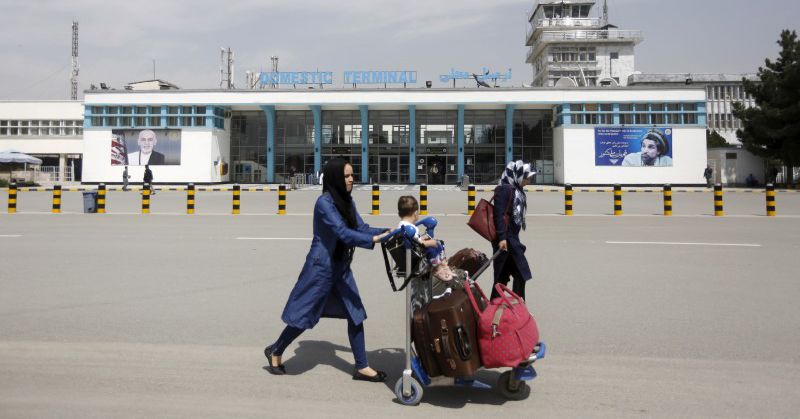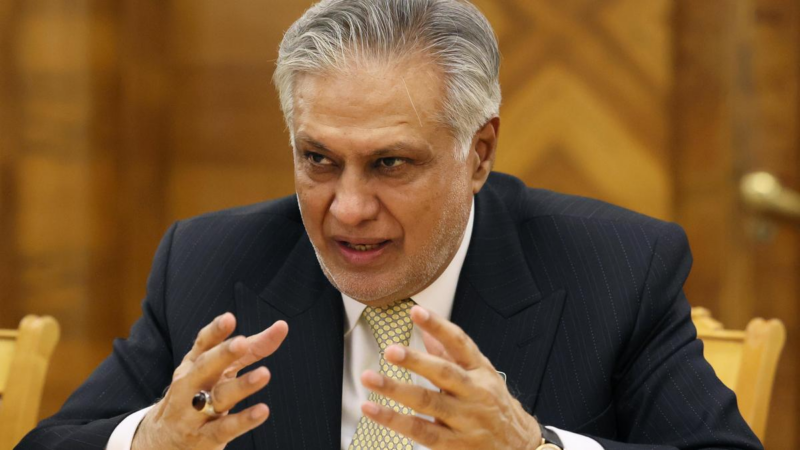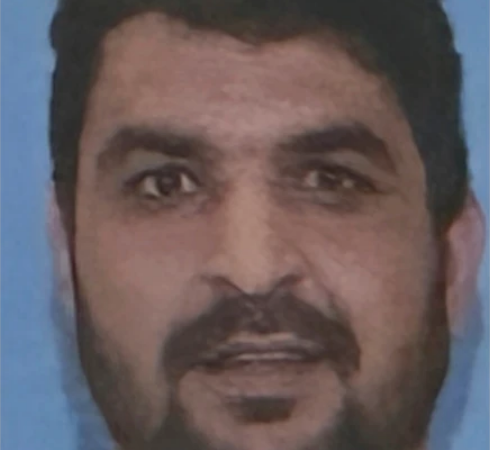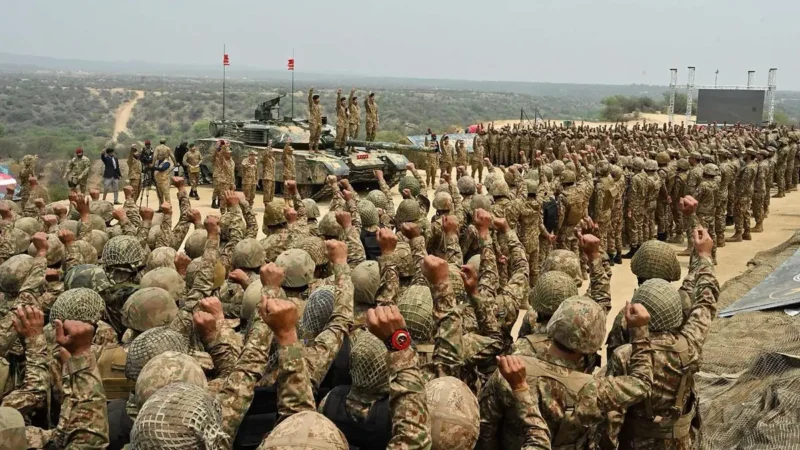Children at risk in Talibani Afghanistan

After the Taliban takeover the experts are worried about children as Afghanistan has become very dangerous place for children says the Special Representative of the Secretary-General for Children and Armed Conflict, Virginia Gamba.
Innocent children are unfortunately the ones to bear much of the brunt of a violent conflict. In most cases, they are not deliberately targeted but are mostly incidentally impacted. As a result, even before they can reach their full physical growth, the impact of the conflict turns them to be scarred, handicapped and maimed. Same is the case with Afghan children who endure intense trauma not just physically but emotionally too, thus hampering their overall development.
The United Nations Assistance Mission in Afghanistan (UNAMA) midyear report 2021 is of very high concern, showing a significant increase in child casualties between 1 January and 30 June 2021. Child casualties comprised about 32 percent of all civilian casualties, of which 20 percent were boys and 12 percent were girls. In numbers these were recorded as 1,682 child casualties, a 55 percent increase as compared to the first six months of 2020. Girl casualties nearly doubled, marking the highest level ever recorded by UNAMA, and boy casualties too increased by 36 percent.
Furthermore, the Fifth Report of the UN Secretary-General on Children and Armed Conflict in Afghanistan was released in July 2021. The report highlighted 6,473 grave violations against 6,131 children during the two-year reporting period from 1 January 2019 to 31 December 2020, with nearly half attributed to the Taliban. Killing and maiming remained the most prevalent violation, with a total of 5,770 children killed (1,635) and maimed (4,135) during the reporting period. The outbreak of the COVID-19 pandemic during the reporting period further aggravated children’s vulnerabilities and impacted their health with a simultaneous increase in poverty, unemployment and food insecurity. All these factors served as potential drivers for increased child recruitment, use, abduction and sexual violence against children, making the entire environment unbearable for these innocent Afghans. These child casualties emerge from a variety of incidences like ground engagement between government forces which include cross firing, grenade and bomb attacks like the non suicide IEDs; air strikes; explosive remnants of war; and targeted killings. However, UNAMA observed that Anti-Government Elements were responsible for 50 percent of all child casualties. Additionally, the UNAMA report stated that Taliban and affiliated groups remain listed for recruitment and use of children, killing and maiming of children, attacks on schools and hospitals, and abduction.
As of 9th August 2021, 20 children were killed and 130 children were injured in Kandahar province, 2 children were killed and 3 were injured in Khost province, and in Paktia province, 5 children were killed and 3 were injured, the UNICEF reported.
Incidents of Taliban targeting children were reported which is absolutely nasty and unacceptable. In the Statement by UNICEF Afghanistan Representative Hervé Ludovic De Lys, he highlighted that he is “shocked by the rapid escalation of grave violations against children” in Afghanistan. He says that these atrocities are an evidence of the “brutal nature and scale of violence in Afghanistan which preys on already vulnerable children.” Adding to this ‘appalling situation’, he said, it is also “deeply concerned about reports that children are, increasingly, being recruited into the conflict by armed groups.”
It was reported in early May that at least on one occasion, children were deliberately targeted. The most shocking incident being the 8th of May attack outside the Sayed ul-Shuhada School in Kabul city, which resulted in more than 300 civilians being attacked, of which 85 people were killed, mostly girls and young women.
On 8 May, around early evening hours, as the students of a girls school were leaving the premises, a non-suicide vehicle-borne IED was detonated in front of an unmarked clinic gate next to the school. A few minutes later, a second IED detonation occurred nearer to the main gate of the school. A third IED detonation then occurred on a road leading away from the school. The attack occurred in a neighbourhood that is mainly inhabited by
members of the Hazara community, and accordingly, nearly all of the victims belonged to the Hazara ethnic group and Shi’a Muslim religious minority.
As an expression of defiance, Hamida Nawisada, a 16-yr-old survivor of the school attack said, “Once I am recovered, I will resume my studies to tell them they cannot stop us this way. Their way is not right.”
However, whether Hamida or other girls like her would ever return back to their school is something only time can tell. Heather Barr from Human Rights Watch writes predicting the future for girls that “reports of them [Taliban] barring girls and women from education in some districts [in territories gained by Taliban]”, if this is the present, the future is obvious!
Further, horrifying visuals about atrocities on children are being circulated through various social media platforms. There was a recent video that went viral in which Taliban fighter indulged himself in sexually assaulting a 12 year boy in the Nimruz province. Also, several photographs of scarred, wounded and burned skin of infants battling for their lives at different hospitals in Afghanistan are being tweeted as part of the ‘#SanctionPakistan’ twitter campaign as the Pakistan’s support for Taliban has been exposed and the international community blames Islamabad for the gains of the Taliban. One of the heart shattering instances was that while Taliban targeted a missile attack on a hospital, a woman had just delivered her baby. This exposure to loud noise and hazardous elements is definitely life threatening for both the infant and the mother or might result in some lifelong disability for the baby.
How can the international community allow such a cruel armed group to assume national power which cannot even watch out or atleast leave out their children population from the effects of the conflict? If the children are not secure, how can they promise a ‘future’, let alone the nature of the ‘future’ as they claim it to be a softer rule seeking more engagement with the international community.
Fulfilling the role of being the legitimate voice of the international community, the UN Secretary-General, António Guterres rightly issued a warning the Taliban that, “ The vast majority of grave violations against children was committed by the Taliban. I condemn the armed group’s practices and call upon the Taliban to swiftly take all measures to halt the increased recruitment and use of children and abide by national directives prohibiting the recruitment and use of children.”





